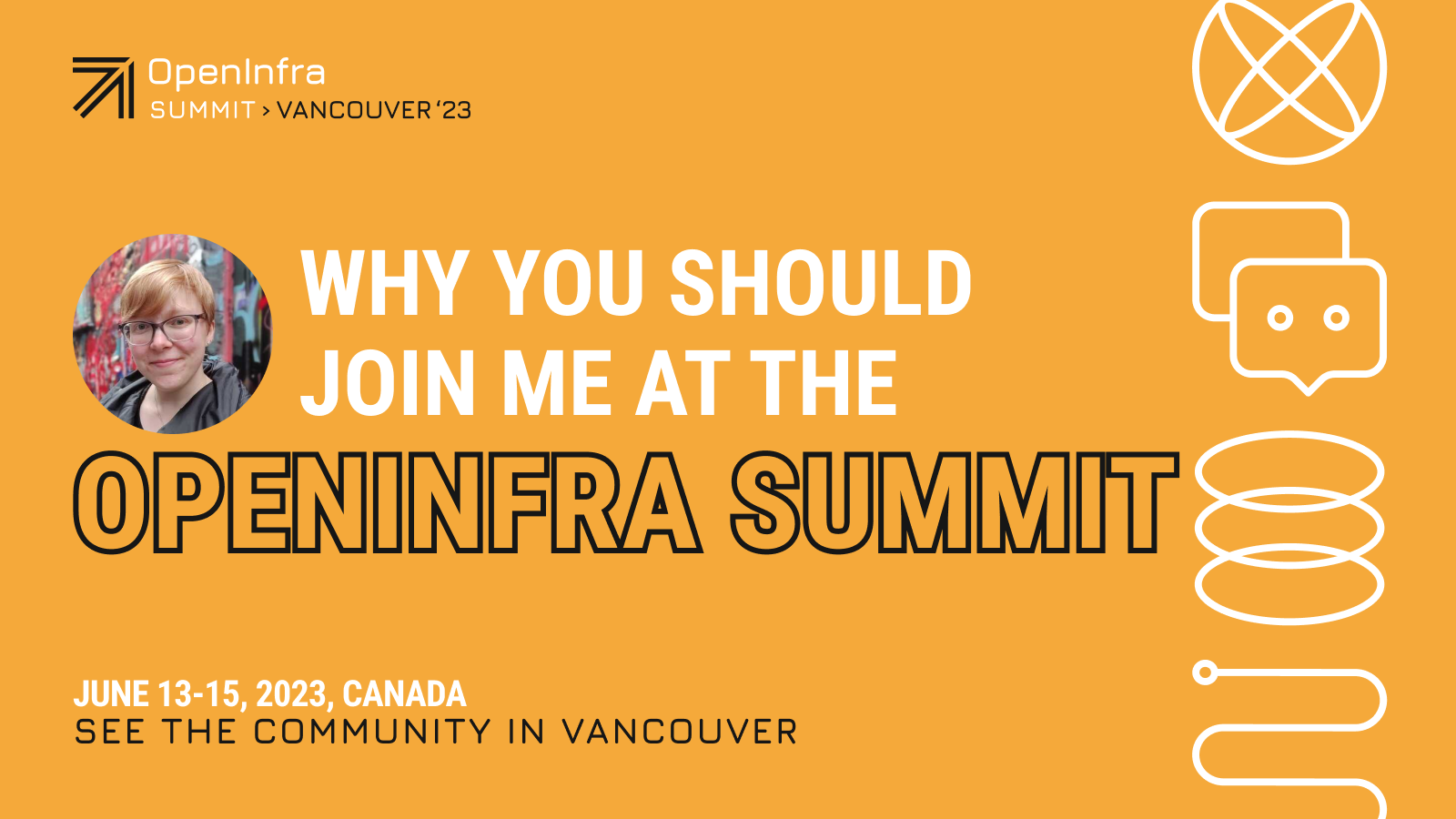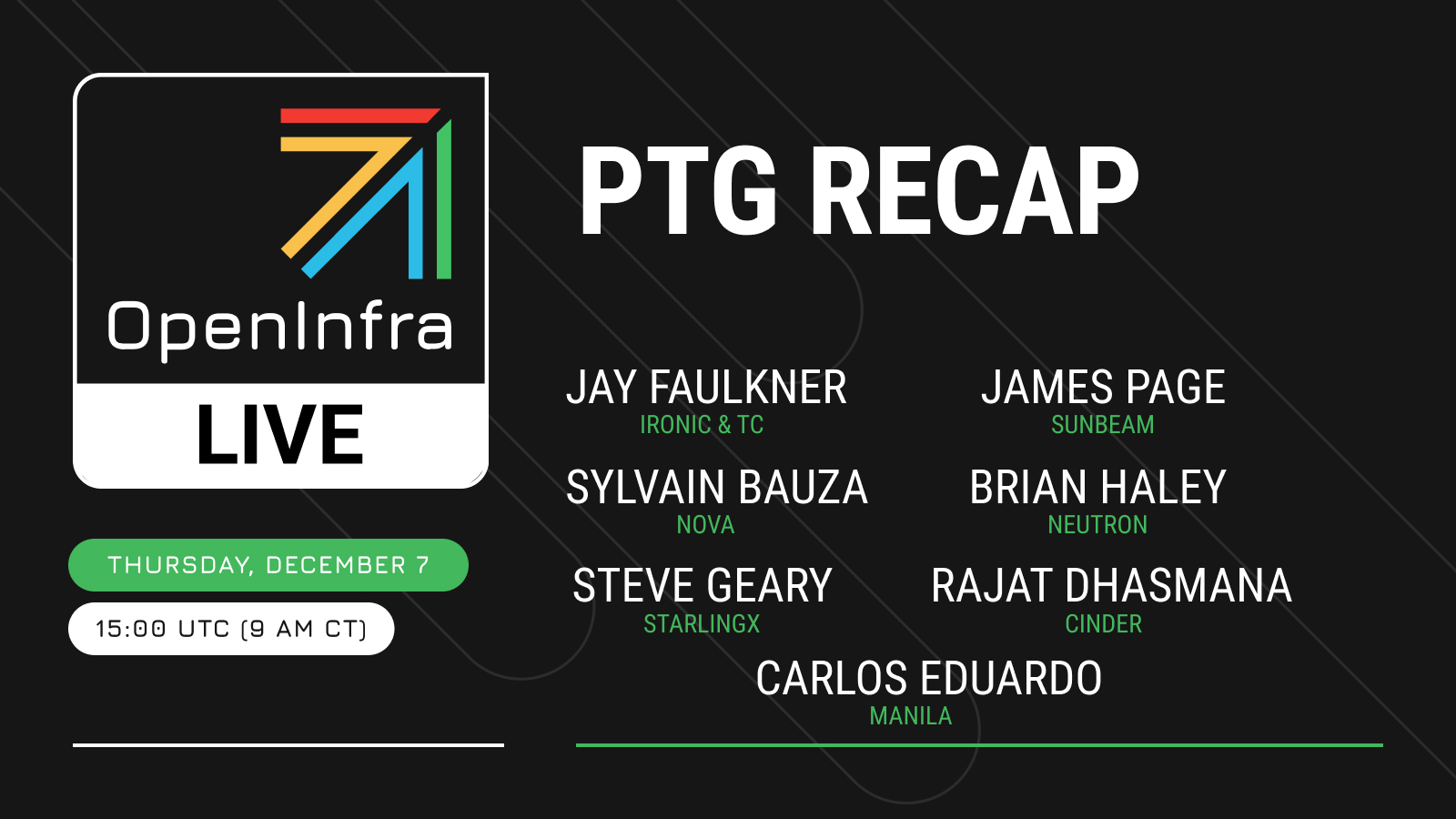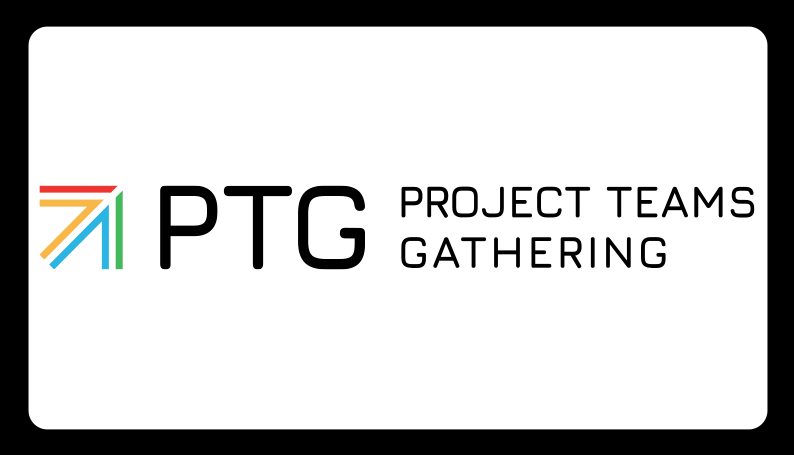Sometimes things just don’t work out, particularly when the “thing” is juggling schedules and international travel. For the OpenStack Cinder team, this meant the palpable absence of a team member at a PTG or Forum session, until the Cinder AV Club rolled into town to save the day!
Many of us remember our AV Club from high school–maybe you were even on it! If you don’t, the audiovisual club was the group of geniuses who could wire anything, anywhere, anytime. Need a sound system? Call the AV Club! Broken projector? AV Club!
Here the Cinder AV Club shares their audiovisual setup for keeping their team connected when a team member can’t make a PTG, Forum or working session:
The hardware
It’s a pretty simple setup. We started with just one webcam and a bluetooth speaker we passed around, but now we have a tripod for the webcam and two bluetooth speakers to capture the conversation from more angles. At the last PTG, we figured out how to make a composite of all the sound inputs to go with the one video input. Mac’s operating system actually had a tool- Audio MIDI Setup- to take multiple audio inputs and make them into a single output. This ensures that most people in the room are covered by one of the microphones and that folks listening in should be able to hear everyone.
The video
We use both Google Hangouts and YouTube. From the webcam we are connected to a Google Hangout that is live streamed to YouTube. This way people that want to speak up and more actively participate can join the Hangout, which we post links to in the #openstack-cinder IRC channel and link to in our Etherpad. If people would rather just follow along with the discussion, they can watch the YouTube live stream.
Setting up the live stream can be tricky due to the constant changes to the YouTube Creator Studio, but don’t be intimidated! The Creator Studio offers an option to live stream. From there you can customize the thumbnail and video description. After that you need to set up an encoder before you can stream––Mobile Live, airServer, or something similar. Once the encoder is started your live stream is ready to go! You can get the URL to the Hangouts and your stream on YouTube to share with virtual attendees.
A few times we have had to work around people not being able to participate with Hangouts. On those occasions, we have had them call in via Zoom or something similar and then put the microphone close to that laptop––it’s almost like they are in the room, too.
The social media
We try to remember to tweet about what the next topics are with the links to the live stream every time we get started. The idea is that people can join or start watching the stream if they find the topics interesting. All you have to do is follow @knelson92 or @jungleboyj––we’re both pretty active Twitter users when it comes to OpenStack events!
The Etherpads
As with many projects, we brainstorm and plan discussion beforehand in an Etherpad. Within a day or so of discussions starting, it gets more organized into an agenda. We take into account who is leading the conversation, if they are remote or not, what timezone they are in if they are remote, if we need to coordinate with another project for larger multi-project discussions, etc.
More important than the brainstorming Etherpad are the note taking Etherpads. Each day we start a new Etherpad to take notes in. This way people can more easily follow along and add their thoughts if they can’t join the Hangout or don’t feel comfortable speaking up. We make sure to display the notes and comments people are making during discussions so that it’s easier to rope people into the conversation and make sure everyone is heard.
The way we take notes is also important. Towards the end of discussions we try to formulate an opinion or action plan. Seeing it written down often helps everyone get on the same page while giving people the chance to ask questions about things they don’t quite agree with or might not understand. By writing down action items at the end of conversations, it’s easier to recap after the event is over and follow up with people and their to-do lists.
The follow up
A few days after the event we circle back to the Etherpads to collect all the to-dos into a single place and post it to the mailing list. Everyone knows what they have to do and if there is something they are interested in tracking they know who’s working on it [1].
The last thing we do is update the titles and descriptions of our YouTube videos. We add the Etherpad links to the descriptions so people can see the accompanying notes. We also update the titles to cover the topics discussed in the video.
Continuous improvement
With each event, we improve. Whether it’s adding one more speaker/microphone or taking better notes, we’re constantly looking for ways to make things more accessible to those that can’t attend. There are still many hurdles to overcome, but hopefully by teaching people what we do they can help us improve as well––a true community effort!
If you’re interested in doing this for your remote team and get stuck somewhere along the line, feel free to tweet at either of us (or ping us on IRC– diablo_rojo or jungleboyj) and we’ll try to help!
[1] https://wiki.openstack.org/wiki/CinderPikePTGSummary
About the authors
Kendall Nelson is an upstream developer advocate at the OpenStack Foundation based in Seattle, WA. She started working on Cinder and os-brick in the Liberty release and has since gotten involved in StoryBoard, the Women of OpenStack (WoO), WoO Mentoring, and OpenStack Upstream Institute.
Jay Bryant is the cloud storage lead for the Lenovo Cloud Technology Center and has been an active member of the OpenStack community (primarily Cinder, Upstream Institute and documentation) since 2013.
Superuser is always interested in community content, get in touch at editorATopenstack.org
Cover Photo // CC BY NC
- Helping global community members participate, wherever they are - August 17, 2017

)










